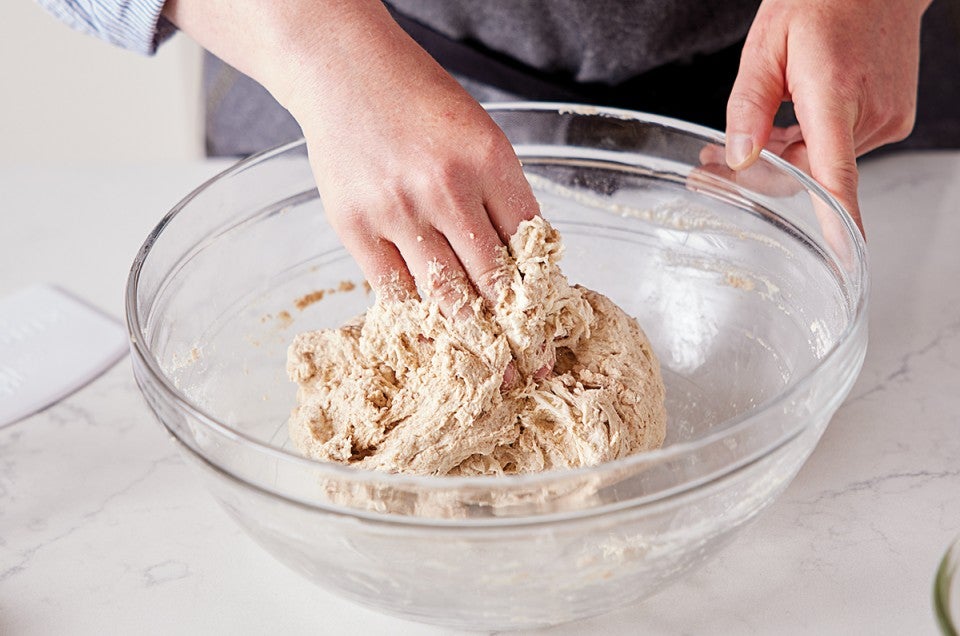Things bakers know: You should be washing your hands with flour
Avoid sticky hands, a clogged drain, and endless scrubbing with this tip.


Here’s a little secret: I don’t find everything about bread baking enjoyable.
I enjoy almost everything about it — the fresh smell of yeast and flour, the magic of proofing dough, the tactile act of shaping a loaf. And, of course, pretty much every second after homemade bread comes out of the oven is heaven.
But along the way, there are certain sticky situations. And I mean that literally. One of the biggest hassles of making bread dough is that it sometimes clings to your hands, and it takes ages of hard scrubbing just to partially get it off.
Here’s another little secret: Bakers have a trick for that.
Rather than use soap and water to clean your dough-covered hands — a natural instinct — turn to flour instead. Just flour, no water or soap needed.

In what’s called a “flour wash,” all you need to do is take a little bit of flour in your hands and rub them together. It helps get all the dough bits off your palms and out from between your fingers. Will they be squeaky clean? No, but most of the gnarly bits of sticky dough will be off your hands, leaving a thin film of flour that’s easy to remove with a normal handwash at the sink.
And bonus: Getting most of the dough off your hands before you wash them with water can help prevent a plumbing disaster. When you add water while washing, the floury substance coating your hands turns into a gummy, gluey mess that can clog your drain. A visit from the plumber shouldn’t come with every batch of bread!
Our own Associate Recipe Editor Kye Ameden is a big fan of the flour wash. “It's unnecessary to clean your hands completely if you're just going to go back in a few minutes to perform a fold of your dough, so the flour wash can be a nice in-between,” she says. She even demonstrated it in one of her Bake It Better with Kye videos on how to knead dough (skip ahead to the 12:58 minute mark):
“I think I learned about the flour wash technique when I started working in our bakery way back in 2006, and it is such a small thing, but extremely helpful to the baker, as well as in preventing clogged drains,” says Becca Regier, who works at the King Arthur Baking School. “In the classroom, we sometimes talk about ‘aha moments’ when something just clicks. The flour wash isn’t usually a curriculum objective, but it does end up being an ‘aha moment’ for some students.”
If you’ve been battling sticky, dough-covered hands, try the flour wash the next time you bake bread. It might be an aha moment for you too.
With the flour wash in your back pocket, you’ll be ready to take on a super wet bread dough like this High-Hydration Whole Wheat Sourdough Bread or Pan de Cristal. If you give it a try, let us know how it goes in the comments, below!
Cover photo by Kristin Teig.

